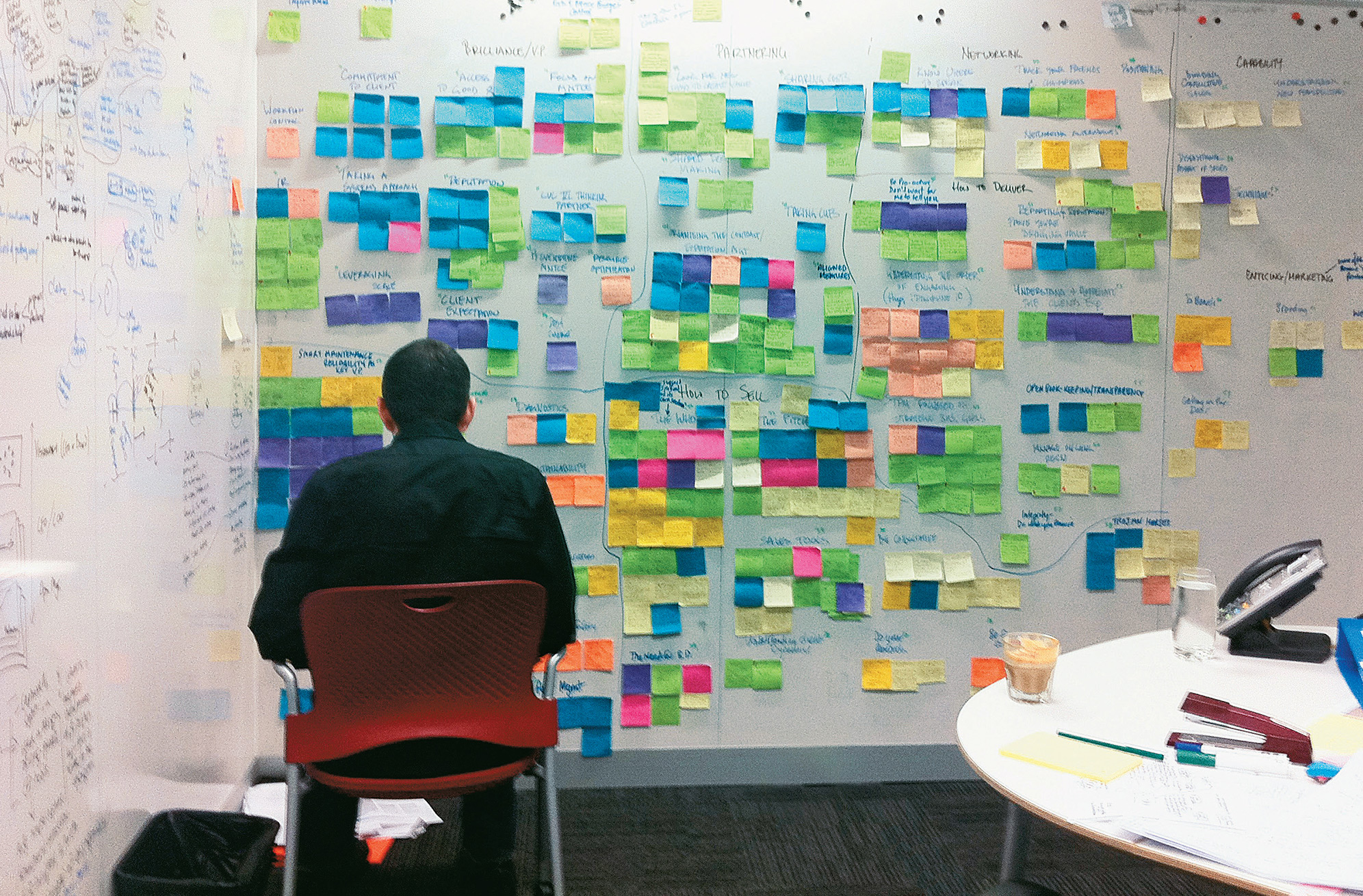Introduction
Please note: this is not just a book about methods of design.
Yes, we know what the cover says. But the truth is, we believe that the power of the methods and techniques included in this book is that each provides an opportunity to structure conversations that can help us better understand and empathize with people, and as a result build more meaningful products.
When we set out to write this book, we admit that we began with the simple intention of aggregating 100 different ways to collect user-centered research data, synthesize and analyze information, and communicate results and design implications. But over the course of our writing process, we realized that integral to the methods and techniques are the conversations that they facilitate—conversations with stakeholders, team members, clients, and most importantly, with the people who will ultimately use designed products, systems, and services. We realized that these methods and techniques have a role to play in how the design community can establish expertise and build credibility, because they can help designers have the right conversations at the right time. Professional and academic excellence requires situating and articulating new knowledge in a timely and approachable manner. The 100 methods, techniques, and deliverables in this book have the potential to do just that.
In keeping with the work that we do, we have a simple, human-centered design intention in the presentation of this book. Methods and techniques are organized alphabetically for ongoing, quick reference. On each page spread, accessible, concise text descriptions of each method appear on the left page, accompanied by references for further reading that pay respect to the seminal works of those who have laid the foundations for us.
An info-graphic on the bottom left of each page characterizes the methods and techniques using several useful research facets. The behavioral/attitudinal facet suggests the type of content most appropriately targeted by the method. Quantitative/qualitative characterizes the form in which that content is typically collected and communicated. Innovative/adapted/traditional describes whether the method is original to design, adapted from other disciplines, or used traditionally across disciplines. Exploratory/generative/evaluative frames the methods by their primary purpose of early exploration, concept generation, or testing and evaluation. And finally, participatory/observational/self-reporting/expert review/design process describes the typical roles of the researcher and participant, with design process methods being those conducted by design teams as an integral part of an overall approach.
On the right facing page, images and case studies for each method are visually presented, most of these from actual projects contributed by our respected colleagues in design practice and research. Readers are directed to other related methods, and the relevant phases for design application are highlighted as numbered icons along the right side of the page, from phases numbered ![]() through
through ![]() .
.

Courtesy of Second Road
Phase ![]() is Planning, Scoping, and Definition, where project parameters are explored and defined. Phase
is Planning, Scoping, and Definition, where project parameters are explored and defined. Phase ![]() , Exploration, Synthesis, and Design Implications, is characterized by immersive research and design ethnography, leading to implications for design. Phase
, Exploration, Synthesis, and Design Implications, is characterized by immersive research and design ethnography, leading to implications for design. Phase ![]() is Concept Generation and Early Prototype Iteration, involving participatory and generative design activities. Phase
is Concept Generation and Early Prototype Iteration, involving participatory and generative design activities. Phase ![]() is Evaluation, Refinement, and Production, based on iterative testing and feedback. Phase
is Evaluation, Refinement, and Production, based on iterative testing and feedback. Phase ![]() is Launch and Monitor, the quality assurance testing of design to ensure readiness for market and public use, and ongoing review and analysis to course-correct when necessary. The table of contents displays an overview of methods in this context.
is Launch and Monitor, the quality assurance testing of design to ensure readiness for market and public use, and ongoing review and analysis to course-correct when necessary. The table of contents displays an overview of methods in this context.
The work of design teams is not about expertise in any single type of method. It is also not about software, or the deliverables we develop. Our work is about knowing how to structure the conversations we need to inform the best design solutions for the work we do. Consider these 100 methods and techniques as a means to get to better design, rather than ends in and of themselves. Review them, try them, prioritize them, and sequence them based on the success criteria and focus of problems you want to solve. Treat them as conversations. We have.
